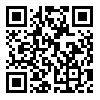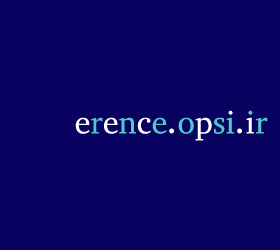اشتراک در خبرنامه
لطفاً نشانی پست الکترونیک خود را برای دریافت اطلاعات و اخبار پایگاه در کادر زیر وارد کنید.
آمار سایت
- کل کاربران ثبت شده: 1963 کاربر
- کاربران حاضر در وبگاه: 0 کاربر
- میهمانان در حال بازدید: 281 کاربر
- تمام بازدیدها: 22655752 بازدید
- بازدید ۲۴ ساعت گذشته: 11735 بازدید
کنفرانس های انجمن
 همایش
همایش
اپتیک و فوتونیک،
بهمن 1403
(برگزار شد)
استفاده از مطالب ارائه شده در این پایگاه با ذکر منبع آزاد می باشد.
BibTeX | RIS | EndNote | Medlars | ProCite | Reference Manager | RefWorks
Send citation to:
URL: http://opsi.ir/article-1-950-fa.html
In this paper, an opto-electro-thermal model is used to investigate dynamic gain behavior of quantum well vertical-cavity surface-emitting lasers (QW-VCSELs). This numerical model is solved by using finite difference time domain method in cylindrical coordinate system. We use two different models to present carrier-dependency of the gain: linear gain (LG) and carrier dependent nonlinear gain (CDNG). Our simulation results show that CDNG model has better gain profile. We study the effect of current spreading factor and injected current on the output gain of laser. Moreover, we investigate dynamic gain behavior of examined laser. We show that high current injection degrades output beam quality because of improvement of SHB effect and manifestation of higher order transverse modes.
| بازنشر اطلاعات | |
 |
این مقاله تحت شرایط Creative Commons Attribution-NonCommercial 4.0 International License قابل بازنشر است. |











